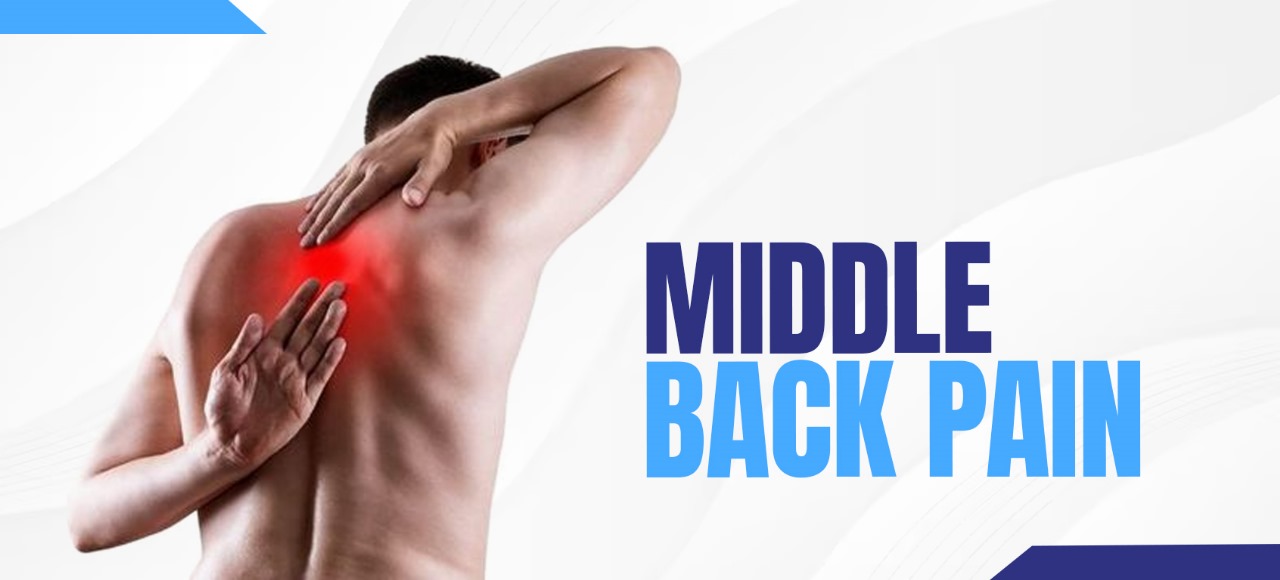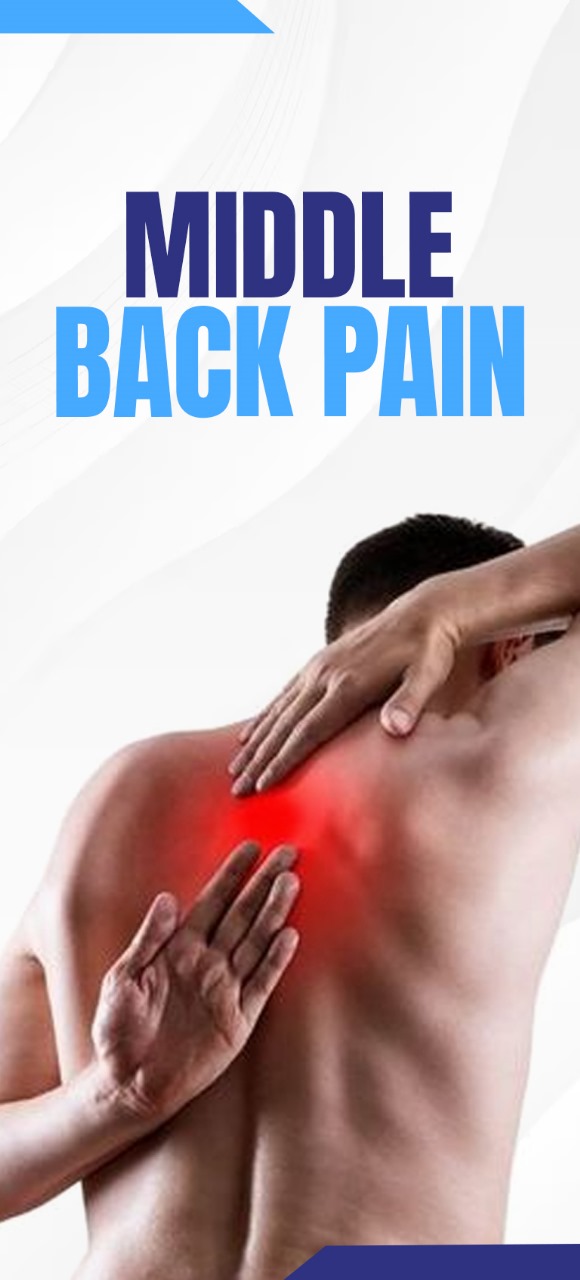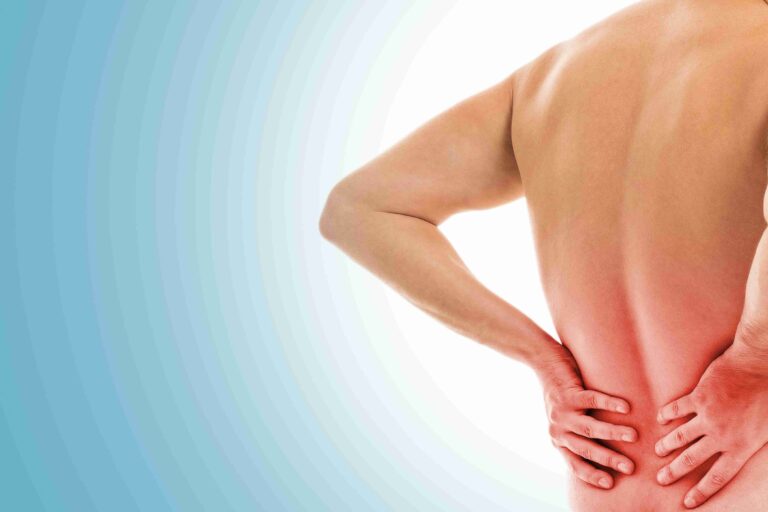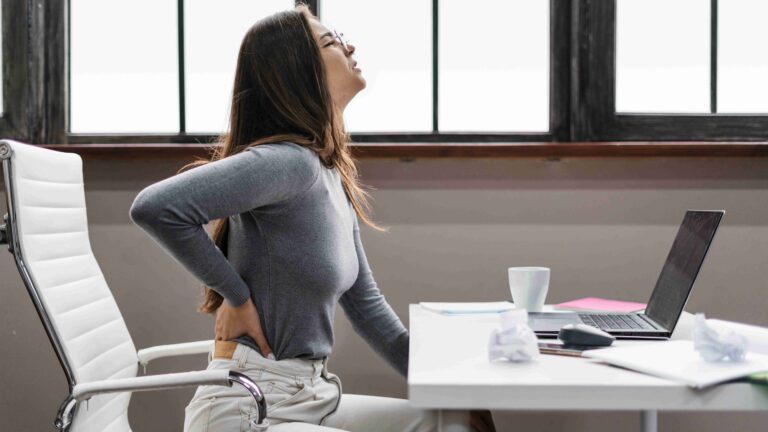

Middle Back Pain: Understanding Causes, Symptoms, and the Best Treatment Options
Middle back pain is a common issue that can affect people of all ages. Unlike the more frequently discussed lower back pain, middle back pain refers to discomfort in the area between the upper and lower back, specifically in the thoracic spine. While it may not be as widely recognized, middle back pain can significantly impact your quality of life, making it essential to understand its causes, symptoms, and treatment options.
About Us

Dr Priyank M. Patel, a leading Spine Specialist Doctor in Thane, specializes in both surgical and non-surgical treatments for spine disorders, with a focus on spine tumours. As one of the youngest independent surgical consultants in India, he is affiliated with a top hospital in Mumbai and has extensive international training in advanced spine procedures. Although skilled in surgery, Dr. Patel advocates for conservative treatments when possible, emphasizing an active lifestyle and corrective exercises. He has treated professional athletes and is recognized globally, frequently speaking at international spine conferences.
What is Middle Back Pain?

Middle back pain refers to discomfort or pain that occurs in the region of the thoracic spine, which runs from the base of the neck to the bottom of the ribcage. This area is less mobile than the lower back and upper back, but it’s still prone to strain and injury. Upper middle back pain and lower middle back pain are subcategories of back pain, indicating the specific area where the discomfort is felt.
Causes of Middle Back Pain
There are various causes, ranging from poor posture to more serious underlying conditions. Understanding these causes can help in finding the right middle back pain treatment and how to reduce middle back pain.
- Muscular Strain and Overuse– One of the most common middle back pain causes is muscle strain. This can occur from overuse, poor posture, or sudden movements that strain the muscles and ligaments supporting the spine.
- Poor Posture: Slouching or maintaining a hunched posture, especially while sitting or working at a desk, can put undue stress on the thoracic spine. Poor posture is a prevalent issue in today’s sedentary lifestyle, and correcting it is often a key step in how to reduce middle back pain.
- Spinal Issues: Conditions such as herniated discs, spinal stenosis, and osteoarthritis can also cause middle back pain reasons. Herniated discs occur when the soft material inside a disc pushes out through a tear, irritating nearby nerves.
- Lifestyle Factors: A sedentary lifestyle, obesity, and lack of exercise weaken spine-supporting muscles and strain the back, leading to middle back pain. Regular exercise and a healthy weight can help prevent and manage this pain.
- Other Medical Conditions:
Medical conditions like scoliosis, kidney issues, or infections can cause middle back pain. If your pain persists or is paired with symptoms like fever or unexplained weight loss, consult a healthcare provider as it may indicate a serious condition.

Symptoms of Middle Back Pain
The symptoms of middle back pain can vary depending on the underlying cause, but they generally include:
- Dull or Sharp Pain: The pain may be constant or intermittent, ranging from a dull ache to a sharp or stabbing sensation.
- Muscle Stiffness: Stiffness and reduced flexibility are common, making it difficult to move the back or perform daily activities.
- Limited Range of Motion: You may find it challenging to twist or bend your back.
- Radiating Pain: In some cases, the pain may radiate to the chest or abdomen.
Severe symptoms, such as numbness, tingling, weakness in the legs, or difficulty breathing, require immediate medical attention as they may indicate a more serious issue.
Diagnosis of Middle Back Pain
Diagnosing middle back pain typically begins with a thorough medical history and physical examination by a healthcare provider. During the examination, your doctor may ask about your symptoms, daily activities, and any recent injuries or illnesses.
To determine the exact cause of your back pain, your doctor may recommend diagnostic tests such as:
- X-rays: To check for fractures, deformities, or signs of arthritis.
- MRI Scans: To get detailed images of the spine and surrounding tissues, helping to identify issues such as herniated discs or spinal stenosis.
- CT Scans: Useful for providing cross-sectional images of the spine.
- Blood Tests: To rule out infections or inflammatory conditions that could be contributing to middle back pain.
Non-Surgical Treatments
- Physical Therapy: A physical therapist can design a customized exercise program to strengthen the muscles supporting the spine, Regular middle back pain exercises can be highly effective in managing pain and preventing recurrence.
- Medications: Over-the-counter pain relievers, such as ibuprofen or acetaminophen, can help reduce pain and inflammation. In some cases, your doctor may prescribe stronger medications or muscle relaxants.
- Chiropractic Care: Chiropractic adjustments can help align the spine and relieve pressure on the nerves, providing relief from middle back pain.
- Massage Therapy: Therapeutic massage can relax tense muscles and improve circulation, which may alleviate pain.
- Acupuncture: This ancient practice involves inserting thin needles into specific points on the body to stimulate healing and pain relief.
Lifestyle Modifications
- Exercise and Stretching: Regular middle back pain exercises, such as stretching, yoga, and strengthening exercises, are essential in maintaining a healthy back. These exercises help to improve flexibility, build muscle strength, and prevent future pain episodes.
- Proper Ergonomics at Work: Ensuring that your workspace is ergonomically designed can prevent strain on your back. This includes using an adjustable chair, positioning your computer screen at eye level, and taking regular breaks to move around.
- Weight Management: Maintaining a healthy weight reduces the strain on your spine and can help prevent middle back pain.
Surgical Interventions
- When Surgery is Necessary: In rare cases where conservative treatments fail, surgery may be required. This is usually considered if there’s a structural problem, such as a herniated disc or spinal stenosis, that’s causing severe pain and other symptoms.
- Types of Surgery: Common surgeries for middle back pain include spinal fusion, discectomy, and laminectomy. Each procedure aims to relieve pressure on the nerves and stabilize the spine.
- Recovery and Rehabilitation: Post-surgery, a rehabilitation program involving physical therapy is crucial to regain strength and mobility.

Prevention of Middle Back Pain
Preventing middle back pain is possible by adopting healthy habits and making conscious lifestyle choices. Here’s how:
- Regular Exercise: Engage in regular physical activity that includes middle back pain exercises to strengthen your core muscles, improve posture, and enhance flexibility.
- Maintaining Good Posture: Be mindful of your posture throughout the day, whether you’re sitting, standing, or lifting objects. Proper posture reduces the strain on your back and helps prevent pain.
- Ergonomic Work Environment: Set up your workspace to support good posture and reduce the risk of middle back pain. This includes using an ergonomic chair, desk, and computer setup.
- Early Detection and Management: Pay attention to early signs of middle back pain and address them promptly. Early intervention can prevent the pain from becoming chronic or severe.
When to Consult a Doctor
While middle back pain can often be managed with home treatments, certain symptoms should prompt you to seek medical advice from spine specialists like Dr. Priyank Patel at The Spine Clinic:
- Persistent Pain: If the pain lasts more than a few weeks despite self-care measures.
- Severe Symptoms: If you experience severe pain, numbness, tingling, or weakness in your legs, or if the pain is accompanied by other concerning symptoms such as difficulty breathing or loss of bladder control.
- Interference with Daily Activities: If middle back pain is preventing you from performing your usual activities, it’s time to consult a healthcare provider.
During your consultation, your doctor will assess your symptoms and may recommend further tests or treatments to address the underlying cause of your middle back pain.
Conclusion
Middle back pain can be a challenging condition, but with the right knowledge and approach, it’s possible to manage and even prevent it. By understanding the causes, recognizing the symptoms, and exploring various treatment options, you can take control of your health and reduce the impact of middle back pain on your daily life. Remember, if your pain persists or worsens, it’s important to consult a healthcare provider to ensure proper diagnosis and treatment.
Frequently Asked Questions
Middle back pain refers to discomfort or pain in the thoracic spine, which is the region between the upper and lower back, specifically running from the base of the neck to the bottom of the ribcage.
Common causes include muscle strain, poor posture, spinal issues such as herniated discs or spinal stenosis, and lifestyle factors like obesity and a sedentary lifestyle.
If your pain is severe, persistent, or accompanied by symptoms like numbness, tingling, weakness in the legs, difficulty breathing, or loss of bladder control, it’s important to see a doctor immediately.
Yes, stress and anxiety can contribute to muscle tension, which may result in middle back pain. Relaxation techniques, such as deep breathing, meditation, and regular exercise, can help reduce stress-related pain.
Low-impact exercises such as walking, swimming, yoga, and specific stretches can strengthen your back muscles and improve flexibility, which may help alleviate middle back pain.
The duration of middle back pain varies depending on the cause. Mild cases may resolve within a few days to weeks with proper care, while more serious conditions may require longer treatment and rehabilitation.
Yes, regular exercise, particularly those that strengthen the core and improve posture, can help prevent middle back pain by keeping the spine and supporting muscles healthy.
